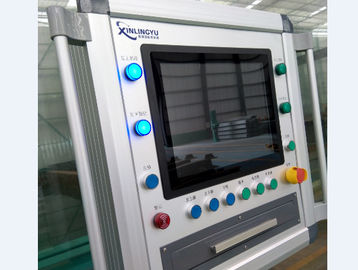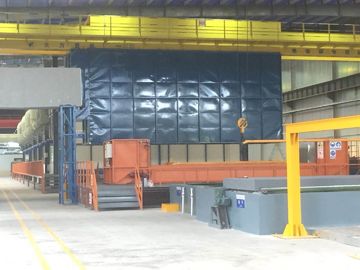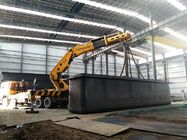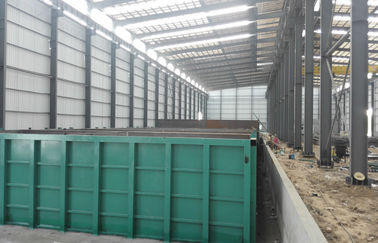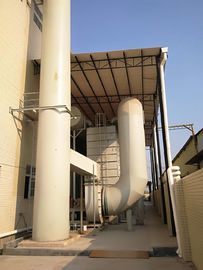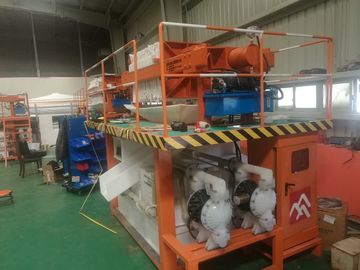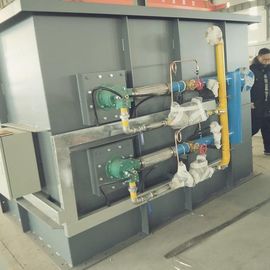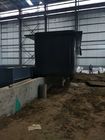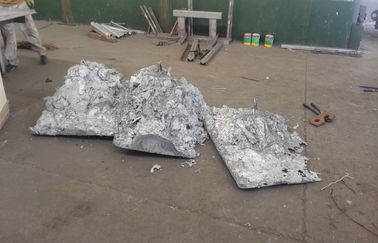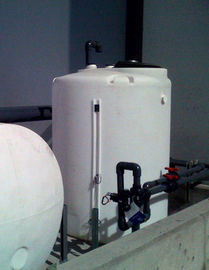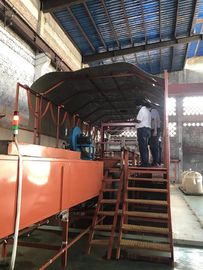Высокие первоначальные затраты: барьер для горячего цинкования в пищевой промышленности
В секторе пищевой промышленности обеспечение долговечности и гигиены оборудования жизненно важно. Горячее цинкование (HDG) обеспечивает коррозионную стойкость, но его высокие первоначальные затраты могут быть существенным ограничением, особенно для малых и средних предприятий (МСП). Процесс HDG включает погружение стали в расплавленный цинк, что приводит к образованию защитного покрытия.
Для предприятий пищевой промышленности, которые часто работают с небольшой прибылью, эти затраты могут быть непомерными. Хотя HDG предлагает долгосрочную экономию за счет сокращения затрат на техническое обслуживание, первоначальные инвестиции могут удержать компании от внедрения этого метода. Это особенно актуально для МСП, которым может не хватать капитала для инвестиций в более долговечную инфраструктуру.
Государственные инициативы, такие как Pradhan Mantri Kisan SAMPADA Yojana в Индии, направлены на модернизацию инфраструктуры пищевой промышленности. Однако без конкретных субсидий или поддержки коррозионностойких технологий, таких как HDG, внедрение остается ограниченным. Целевая финансовая помощь может побудить больше предприятий инвестировать в HDG, что приведет к более долговечному и гигиеничному оборудованию.
Возможность
Устойчивость и долговечность: стимулирование внедрения горячего цинкования в пищевой промышленности
В секторе пищевой промышленности обеспечение долговечности и гигиены оборудования имеет первостепенное значение. Горячее цинкование (HDG) эффективно решает эти проблемы, обеспечивая прочное, коррозионностойкое покрытие стальных конструкций. Этот процесс включает погружение стали в расплавленный цинк, образуя защитный слой, который защищает от ржавчины и износа.
Условия в пищевой промышленности, как известно, суровые, характеризуются постоянным воздействием влаги, химических чистящих средств и физического износа от оборудования и деятельности человека. Такие условия могут быстро ухудшить незащищенную сталь, что приведет к частому техническому обслуживанию и потенциальным рискам загрязнения. HDG предлагает решение, значительно продлевая срок службы стальных компонентов.
Экономические выгоды существенны. Сокращая потребность в регулярном техническом обслуживании и заменах, HDG помогает компаниям пищевой промышленности снизить эксплуатационные расходы. Это особенно важно в отрасли, где размер прибыли может быть небольшим, и любая мера по экономии затрат может оказать существенное влияние. Кроме того, долговечность HDG способствует бесперебойным производственным процессам, сводя к минимуму время простоя и обеспечивая стабильное качество продукции.
Тенденции
Устойчивость: растущий фактор для горячего цинкования в пищевой промышленности
В современной пищевой промышленности устойчивость становится все более важной. Горячее цинкование (HDG) становится ключевым решением, предлагающим как экологические, так и экономические преимущества. HDG включает покрытие стали слоем цинка, обеспечивающим длительную защиту от коррозии.
Эта долговечность означает, что оборудование и конструкции требуют менее частой замены, сокращая потребление ресурсов и отходы.Согласно Американской ассоциации гальванизаторов, HDG может защищать сталь в течение десятилетий, даже в суровых условиях. Устойчивость HDG дополнительно повышается за счет возможности вторичной переработки его основных материалов.
И цинк, и сталь на 100% пригодны для вторичной переработки, что делает HDG циклическим решением, соответствующим экологически чистым практикам. Это особенно актуально в пищевой промышленности, где поддержание гигиеничной и долговечной инфраструктуры имеет решающее значение. В Индии государственные инициативы поддерживают устойчивые методы в пищевой промышленности.

 Ваше сообщение должно содержать от 20 до 3000 символов!
Ваше сообщение должно содержать от 20 до 3000 символов! Пожалуйста, проверьте свою электронную почту!
Пожалуйста, проверьте свою электронную почту!  Ваше сообщение должно содержать от 20 до 3000 символов!
Ваше сообщение должно содержать от 20 до 3000 символов! Пожалуйста, проверьте свою электронную почту!
Пожалуйста, проверьте свою электронную почту! 
